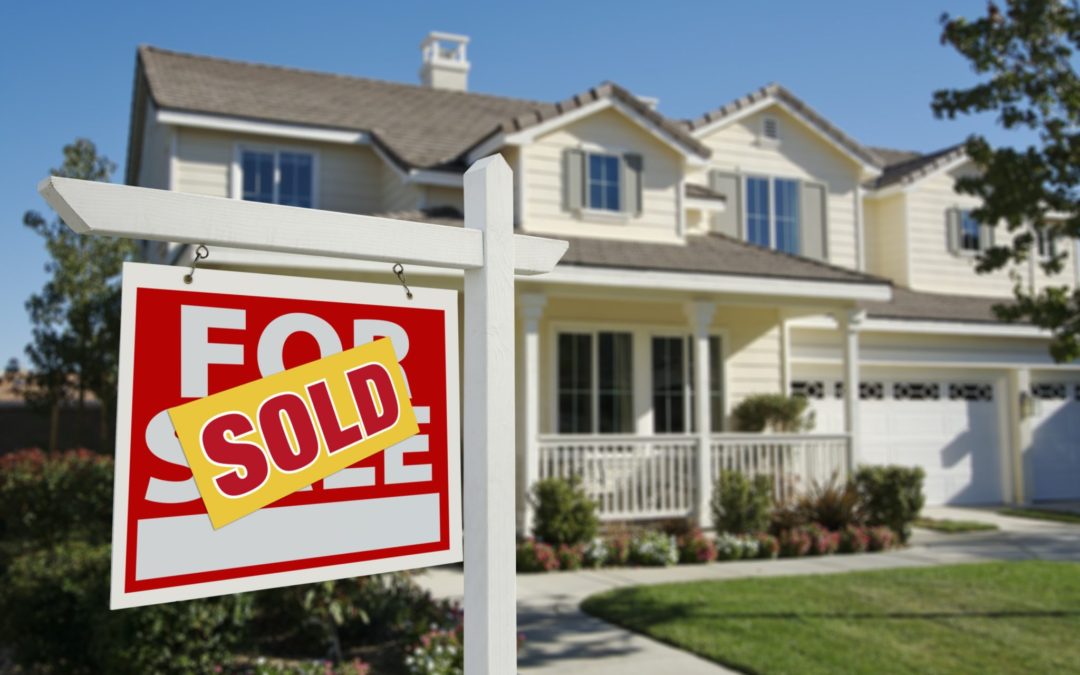It’s easy to grow attached to your home and overlook some of the wear and tear. But while those familiar flaws may feel like home to you, they might not be to potential buyers. After all, if someone is making such a large investment to buy your home, they want to make sure it’s a good product.
If you plan to put your house on the market, consider getting a professional pre-listing home inspection done or including a recent inspection report in your home’s disclosure documents. Doing so can help you get ahead of buyer demands during escrow, the 30-day period before closing when buyers can ask the seller to make small fixes or provide a credit to fix it later.
Seven Reasons To Get a Home Inspection Before Listing Your House
- It could save you money.
It can seem daunting to make repairs before you list your home, but it can save you in the long run.
If issues show up in the buyer’s inspection report, the buyer will likely ask for a price reduction, a credit, or have you make the fix yourself. Depending on the severity of the issues and the buyer’s willingness to negotiate, it can sink the original offer amount.
- It could lead to a faster close.
Getting your house in the best shape possible should help speed up the sale process. If you proactively make the necessary repairs, there is less likely to be stuck in a long negotiation process.
- It can give you a competitive edge.
A pre-listing home inspection can signal to potential buyers that you’ve done the due diligence on their future home. It can give potential buyers confidence in you as an honest seller and in the quality of the home you are selling.
It can also be a useful tool in the negotiation process. A potential buyer will have less merit to claim a price reduction for repairs if you’ve made the necessary fixes ahead of time.
- Definitely fix the deal-breakers.
If you do have a pre-listing home inspection, what issues should you seriously consider fixing? There are a few problems that may show up on your list that are deal-breakers to most buyers, and they’re often time-consuming, expensive, and can cause a buyer to pull out of their offer.
Although it can vary from market to market, these are some of the top deal-breakers. Brace yourself:
- Foundation issues
- Mold
- Outdated electrical system
- Water damage
- Roof problems
- Rotted fascia or trim
- Leaky pipes/dated plumbing
Note: If you’ve made additions to your home, make sure you pull the permits to show they were completed legally.
- What should you do if you can’t fix the major problems?
If you can’t afford to make those major improvements, you can still spruce up the house before you list it. We’ve added a few DIY tips:
- Update interior and exterior lighting fixtures.
- Power wash the driveway, vinyl siding, the front walkway, deck mildew, and patio furniture.
- Clean and paint the interior if needed.
- Is there a downside to a pre-listing home inspection?
While there are many upsides to getting a pre-listing home inspection, some experts don’t like the idea.
Some pros feel that instead of wasting time and money up front, a seller should wait for the results of the home inspection and add repairs to the closing cost. While this is an option, you may be hit with a surprise that causes your sale to fall through.
However, if you’ve recently had a professional inspection and no major issues have arisen since, you could skip having another inspection done. Just be sure to include that inspection report into your home’s disclosure documents.
- Bottom line: Pre-listing home inspections are often a good idea.
Waiting for the buyer to work through an independent home inspection could cause the deal to fall through. Even if you offer to fix a problem that arises in the buyer’s inspection report, skittish buyers may be hesitant to close the deal.
The pre-listing home inspection can put a nervous seller at ease and give you a better chance for a fast and easy close. (And in case you were wondering, a home inspection is based on the square footage and can run upwards of $300.)


